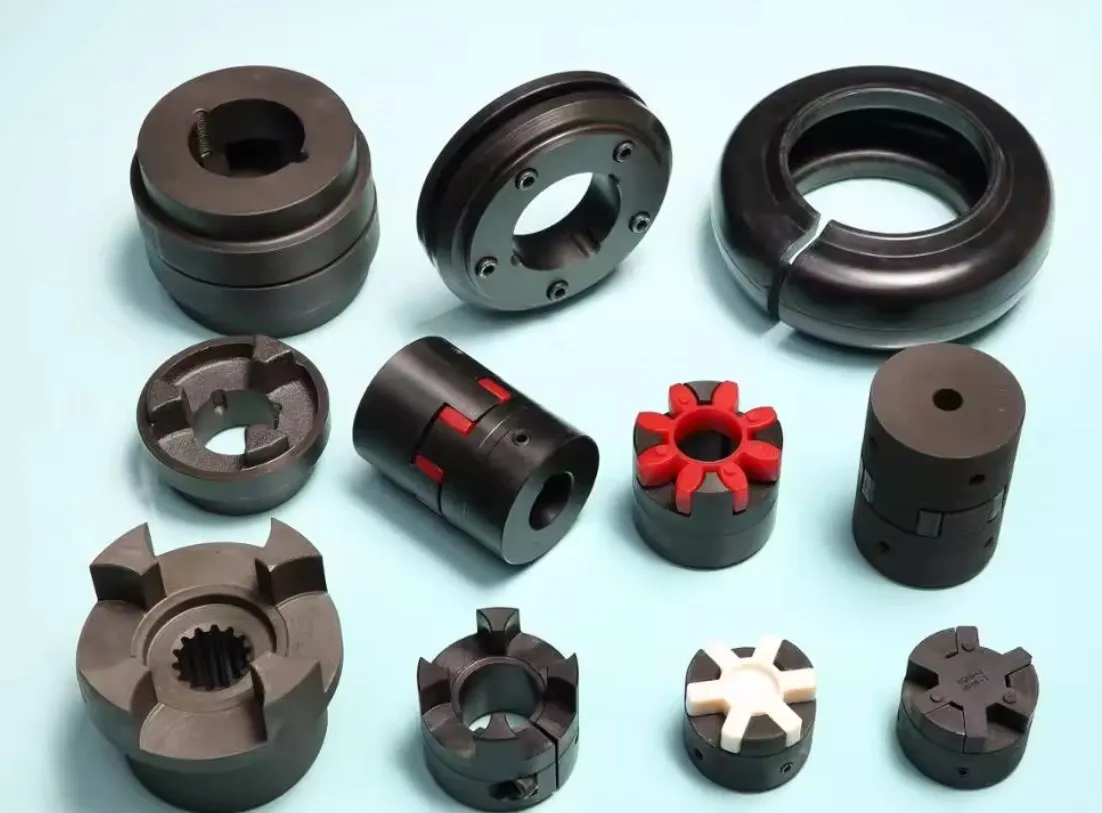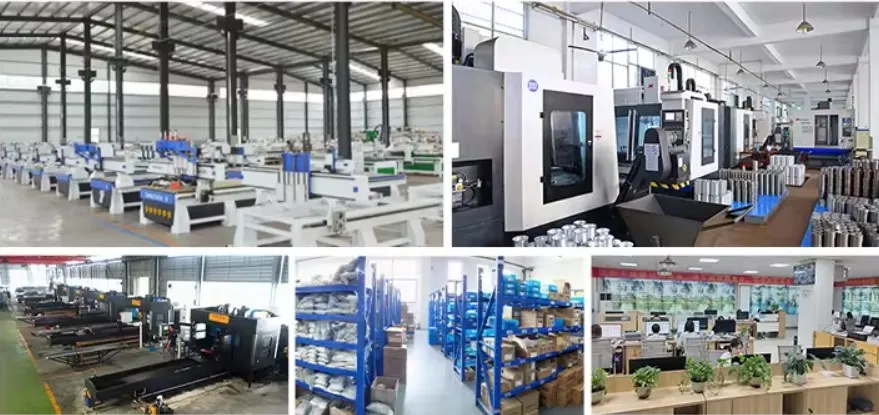Elastomeric Coupling for Automotive
Introduction to Elastomeric Couplings
Elastomeric couplings are a critical component in the automotive industry, offering a myriad of benefits including vibration damping and misalignment accommodation. Their versatility and efficiency make them an indispensable link in modern automotive design and engineering.
How Elastomeric Couplings Work
These couplings operate by using an elastomeric element that deforms to absorb misalignments and vibrations between connected shafts. This element typically rests between two hubs, ensuring that torque is transmitted smoothly with minimal backlash.
Types of Elastomeric Couplings
There are several types of elastomeric couplings, each designed to cater to specific requirements. Some of the most common types include jaw couplings, tire couplings, and bushing couplings. Each type offers unique advantages in terms of flexibility, load capacity, and vibration damping.
Advantages of Elastomeric Couplings
Elastomeric couplings provide several benefits such as low maintenance requirements, superior vibration absorption, and ease of installation. They are also cost-effective, making them a preferred choice for many automotive applications.
Materials Used in Elastomeric Couplings
Common materials used include natural rubber, synthetic elastomers like polyurethane, and other specialized polymers. The choice of material affects the coupling¡¯s performance characteristics, including its temperature tolerance and resistance to chemicals.
Design Considerations
When designing elastomeric couplings, engineers must consider factors such as the expected load, operating environment, and required lifespan of the coupling. These considerations ensure that the coupling performs optimally under various conditions.
Applications in the Automotive Industry
In the automotive sector, elastomeric couplings are used in a range of applications from drivetrains to ancillary systems. They help in reducing noise and enhancing the smooth transmission of power, thereby improving vehicle performance.
Installation and Maintenance
Installing elastomeric couplings is relatively straightforward, involving the alignment of shafts and securing the coupling hubs. Maintenance is minimal, often requiring only periodic inspections to ensure the elastomer element remains intact.
Common Issues and Troubleshooting
While elastomeric couplings are durable, they can face issues like wear and tear of the elastomer element. Troubleshooting typically involves checking for misalignment, ensuring proper installation, and replacing worn elements as needed.
Future Trends in Elastomeric Couplings
Advancements in materials science and manufacturing technologies are paving the way for more efficient and robust elastomeric couplings. Future trends may include the development of self-healing materials and smart couplings that can monitor their own health.
Environmental Considerations
The environmental impact of elastomeric couplings is minimal, especially with advancements in eco-friendly materials. Proper disposal and recycling of used couplings further reduce their ecological footprint.
Economic Impact
The cost-effectiveness of elastomeric couplings contributes to their widespread adoption in the automotive industry. They offer significant savings in terms of maintenance and operational efficiency.
Case Studies
Several case studies highlight the successful implementation of elastomeric couplings in automotive applications. These studies demonstrate improvements in performance, noise reduction, and longevity of automotive systems.
Choosing the Right Elastomeric Coupling
Selecting the appropriate elastomeric coupling involves evaluating factors such as torque requirements, operating speeds, and environmental conditions. Proper selection ensures optimal performance and longevity.
Conclusion
Elastomeric couplings are a cornerstone of modern automotive engineering, providing unparalleled benefits in terms of vibration damping, misalignment accommodation, and overall performance enhancement. Their role in the automotive industry is indispensable, making them a subject of ongoing research and development.

What are the benefits of elastomeric couplings?
Elastomeric couplings offer numerous benefits including vibration damping, ease of installation, low maintenance, and flexibility for misalignment. These qualities make them ideal for various industrial applications, particularly in automotive systems.

How to Choose the Right Elastomeric Coupling
Choosing the correct elastomeric coupling requires a thorough analysis of several parameters:
- Torque Requirements: Determine the maximum torque the coupling needs to handle. This ensures the coupling can transmit the required power without failure.
- Operating Speed: Assess the rotational speed and ensure the coupling can operate efficiently at that speed without excessive wear.
- Environmental Conditions: Consider the operating environment, including temperature, humidity, and exposure to chemicals, as these factors affect the material choice.
- Misalignment Tolerance: Evaluate the expected misalignment between connected shafts. Couplings with higher flexibility can accommodate greater misalignment.
- Space Constraints: Account for the available space for installation. Compact couplings may be required for applications with limited space.

What is one of the advantages of the elastomer coupling?
One of the primary advantages of elastomeric couplings is their ability to absorb and dampen vibrations. This characteristic significantly reduces noise and wear on connected components, enhancing the overall lifespan of the machinery.
HZPT: Your Trusted Partner for Elastomeric Couplings
HZPT, located in Hangzhou, Zhejiang Province, is a modern enterprise integrating R&D, learning, production, and foreign trade. We adhere to our core values of “integrity” and strive for unity, progress, and innovation. Our business encompasses high-tech development, international trade, industrial investment, and domestic and international networks, focusing on the research and innovation of coupling products. Our reach extends across Asia, Europe, Africa, and North America, and we are on the path to becoming a globally influential international group.
We specialize in the production of gear couplings, spring pin couplings, serpentine spring couplings, universal couplings, star couplings, expansion couplings, diaphragm couplings, and tire couplings. We have a complete and scientific quality management system, supported by our own technology development and testing departments. We hold certifications such as CQC, ISO, and CE, providing excellent sales services and technical support to our clients.
We serve hundreds of partnering enterprises and uphold the business philosophy of “people-oriented, customer first,” working sincerely with our clients for mutual development. Here are five reasons to choose our elastomeric couplings:
- High-Quality Materials: We utilize premium elastomers and metals, ensuring durability and superior performance.
- Innovative Design: Our R&D team continually innovates to produce couplings that meet the latest industry standards and requirements.
- Custom Solutions: We offer tailored coupling solutions to meet specific customer needs, ensuring optimal performance in diverse applications.
- Global Reach: Our extensive distribution network ensures timely delivery and support across multiple continents.
- Comprehensive Support: We provide full technical support and after-sales service, ensuring customer satisfaction and long-term reliability.
